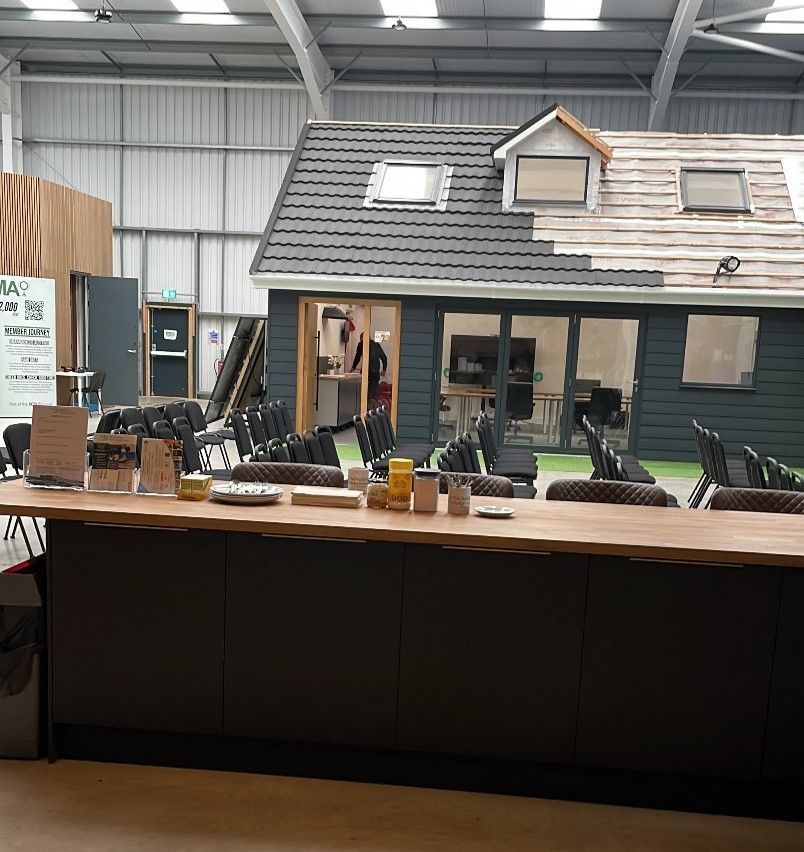Noise Complaints and Assessment
Noise Complaints and Assessment
Noise complaints are rooted in assessing what sounds are acceptable in our personal space, but also what might have significant health impact.
Loud music from neighbours or nearby venues, construction noise, traffic or even dog barking can all be considered sources for noise complaint, but they are all assessed in differing ways.
Throughout the night (between 11pm – 7am) is regarded as the most sensitive period in which to be exposed to noise, as disturbed sleep can lead to a great number of significant and life-threatening conditions.
When legally enforced noise limits are exceeded, it is possible to have an investigation initiated to mitigate the noise either independently or by the council.
Usually, the first recommended step is mediation, in the form of informal agreement, which should the issue go to court, will demonstrate an attempt to act reasonably for both parties.
After attempted mediation, the complaint should be lodged with the local council or environmental health officer, who can initiate and investigation or assessment process.
The council can issue warnings, penalties or seize noise making equipment based on the impact as statutory nuisance or impact on health.
“For the noise to count as a statutory nuisance it must do one of the following:
- unreasonably and substantially interfere with the use or enjoyment of a home or other premises
- injure health or be likely to injure health”
(Noise nuisances: how councils deal with complaints, 2021)
At this point an environmental health officer or independent accredited noise assessor can measure the noise and report on its impact.
Periods and methods of assessment can vary based on the nature of the noise, for instance, if there is a music venue nearby, a continuous noise assessment should take place during the venues working hours outside the dwelling of the complainee. Whereas domestic nuisance noise from another dwelling must be logged, and longer-term noise records must be made so that frequency of excessive noise can be considered.
Should the complaint be about a neighbour who shares a party wall with the complainee, a sound insulation test can be carried out to asses the resistance to the passage of sound of the party wall.
The planning application procedure also considers the noise impact on the surrounding area, to reduce the impact of noise and prevent complaints during construction.
Additionally, the noise impact from a development after completion such as in the case of commercial construction will be assessed.
An assessment can be carried out on any noise which impinges on the comfort and health of any person, whether it be from commercial or domestic sources.
Citations:
GOV.UK. 2021. Noise nuisances: how councils deal with complaints. [online] Available at: <https://www.gov.uk/guidance/noise-nuisances-how-councils-deal-with-complaints> [Accessed 13 August 2021].
Ashby Energy Assessors Blog and News




